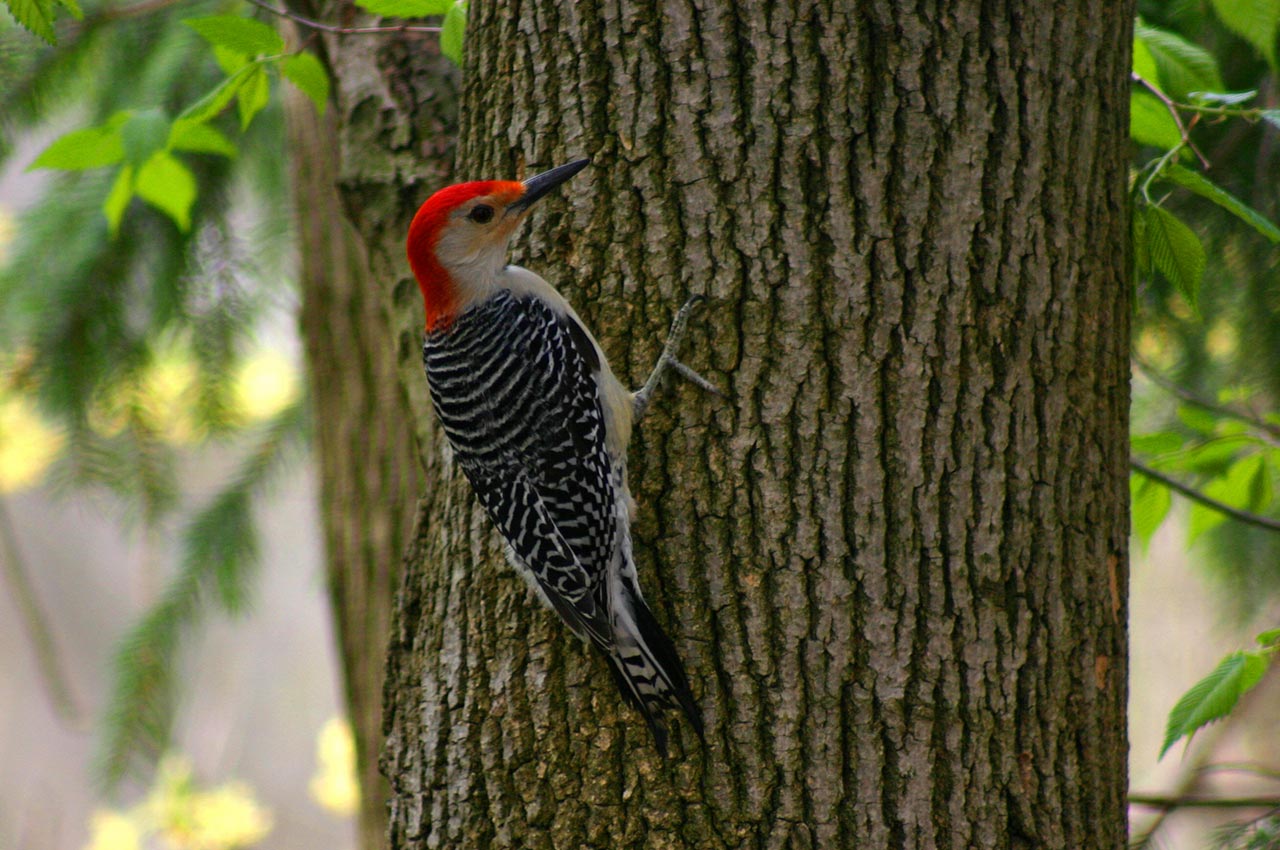Unveiling the Keys of Woodpeckers: Actions, Habitat, and More
Woodpeckers, with their distinct behaviors and specialized adjustments, have actually lengthy attracted scientists and nature enthusiasts alike. These impressive birds have a series of interesting keys that lost light on their survival techniques, environment preferences, and detailed interaction methods. By revealing the enigmas bordering woodpeckers' actions and environment options, a much deeper understanding of these avian wonders emerges, using a glimpse into their interesting world. So, what makes these birds absolutely outstanding, and just how do they navigate their environment with such precision and ability? Let's explore the fascinating realm of woodpeckers and unravel the enigmatic information that make them such fascinating subjects of research.
Woodpecker Habits Insights
In analyzing woodpecker actions, a remarkable display of specialized skills and adjustments arises, shedding light on their exceptional eco-friendly particular niche. Woodpeckers, understood for their unique drumming on trees, have a variety of behavior qualities that add to their survival and success in their setting.
In addition, woodpeckers exhibit a distinct feeding habits characterized by their capacity to essence bugs from tree bark utilizing their specialized beaks. Their long, barbed tongues help in recording target, while their solid neck muscular tissues supply stability and precision throughout pecking activities. This feeding approach allows woodpeckers to gain access to covert insect larvae and extract them with remarkable performance.
Environment Preferences and Choice
What variables influence the habitat choices and selection of woodpeckers? One critical variable affecting woodpecker habitat choice is the accessibility of ideal nesting websites. Woodpeckers normally choose forests with a mix of fully grown trees that offer sufficient chances for cavity excavation.
In addition, woodpeckers show a choice for environments with a bountiful supply of food resources. They are mainly insectivorous, feeding upon beetles, ants, larvae, and other pests discovered in rotting timber or tree bark. Woodpeckers tend to prefer wooded locations with a diverse insect population to fulfill their dietary demands.
Additionally, the presence of dead or rotting trees is one more essential consider woodpecker environment choice. These trees not only provide food resources yet additionally offer suitable substratum for cavity excavation. Dead trees are essential for the upkeep of healthy and balanced woodpecker populaces, as they play an important function in the woodpeckers' life process and ecological community characteristics.
Feeding Practices and Diet Structure
Woodpeckers demonstrate a specialized feeding habits focused on foraging for pests within different environments. In enhancement to bugs, woodpeckers also take in tree sap, fruits, nuts, and seeds, including range to their diet plan depending on the period and accessibility of food resources.
The foraging strategies of woodpeckers are well-adapted to their arboreal way of life (Woodpeckers in Florida). Their capability to dig deep into wood not just offers them with food but also aids in developing nesting cavities and developing territories. Woodpeckers play a crucial function in keeping the wellness of forests by regulating insect populaces and aiding in the decay of timber. Recognizing their feeding habits and diet plan structure is crucial for conservation efforts targeted at maintaining these unique and useful birds.
Drumming Appears and Interaction
Utilizing quick drumming noises on numerous surface areas, woodpeckers employ a distinctive form of interaction to signal area borders and attract friends. This drumming behavior is not only a way of communication yet additionally offers as a means for woodpeckers to establish their presence within a specific location. The intensity, rate, and pattern of the drumming can communicate vital info to other woodpeckers around.
Woodpeckers make use of drumming audios to announce click over here their presence in a region and to caution off prospective burglars. The loud and repeated nature of the drumming offers as a clear signal to various other woodpeckers that the location is already claimed. This helps in reducing problems and reducing physical fights between individuals.

Survival Adaptations and Specialized Makeup

Final Thought
To conclude, woodpeckers show one-of-a-kind behaviors, such as drumming noises for communication, and have specialized composition for survival in their chosen habitats. Their feeding practices and diet plan composition further demonstrate their adaptability to numerous settings. By comprehending these facets of woodpeckers, scientists and preservationists can much better safeguard and maintain these fascinating birds and their ecosystems.
Comments on “Running Into Woodpeckers in Florida: Variety Diversity and Identification”